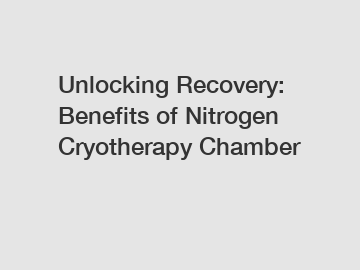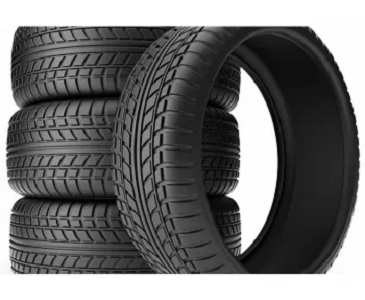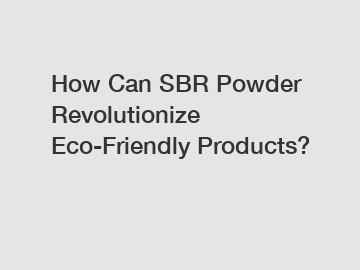4 Tips to Select a HPMC for Construction Mortar
Understanding HPMC Types
Hydroxypropyl methylcellulose (HPMC) is a crucial additive in construction mortar, influencing its workability and performance. Selecting the right type of HPMC for your project involves understanding the various grades available.
First, recognize that HPMC comes in different viscosity levels and substitution rates. High viscosity HPMCs provide better water retention and adhesion, essential for thicker applications. Conversely, low viscosity options enhance workability in thinner products. Examine your specific project needs to determine the appropriate type.
Evaluating Water Retention Properties
Water retention is vital to ensure that the mortar remains workable during application. The ability of HPMC to retain water affects the curing process and final strength of the mortar. Therefore, when selecting HPMC, pay close attention to its water-retention properties.
Look for HPMC grades specifically designed for high water retention if your mortar will be exposed to drying conditions. This will promote better curing and improve adhesion. The product data sheet usually contains this information, making it easier to compare different options.
Assessing Workability Enhancement
Another critical factor in your selection process is how HPMC influences the workability of the mortar. Workability refers to how easily the mortar can be mixed, applied, and finished. Selecting HPMC that enhances workability can lead to faster application times and improved finish quality.
Related links:How HPMC Elevates Modern Construction Mortar Techniques?
Are Cryo Chambers the Solution for Your Chronic Pain Relief?
Is Tetramethyltetravinylcyclotetrasiloxane Hazardous to Your Health?
How to Use Magnesium Sulfate Powder Effectively?
Unlocking CAS 6303 21 5 ODM: A Complete Guide
6-Amino-1,3-Dimethylpyrimidine-2,4-Dione vs. Other Nucleic Acid Analogues
Cryotherapy Machine Full Body vs. Localized Treatment: Which is Better?
Opt for HPMC with excellent dispersibility and low viscosity for enhanced workability. This will ensure that the mortar is easy to spread and manipulate, allowing for a smoother application process. Test samples can help determine which grade provides the best performance for your specific use.
Considering Additive Compatibility
Lastly, it’s essential to consider the compatibility of HPMC with other additives you may be using. Whether you're adding polymer emulsions, fibers, or chemical admixtures, compatibility can impact both performance and properties of the mortar.
Before selecting HPMC, consult with your HPMC supplier to ensure it can be effectively combined with your chosen additives without compromising the overall quality. Conducting preliminary tests will help ascertain that the final mix maintains the desired performance metrics such as adhesion and durability.
By following these four tips—understanding HPMC types, evaluating water retention properties, assessing workability enhancement, and considering additive compatibility—you can select the most suitable HPMC for your construction mortar needs. This careful selection process will contribute significantly to the success of your construction projects.
The company is the world’s best hpmc for construction mortar, hpmc for tile adhesive, OEM hydroxypropyl starch ether factory supplier. We are your one-stop shop for all needs. Our staff are highly-specialized and will help you find the product you need.
Related links:Unlocking Tetraethyl Orthosilicate: Benefits & Applications
Benefits of SBR Latex in Artificial Turf: What You Need to Know!
Why choose Magnesium Oxide for tire production?
What are the key applications of CAS 20320-59-6?
Is a Home Red Light Therapy Chamber Worth the Investment?
What are the key applications of Silanes?
Is Styrene Butadiene Rubber Powder the Solution to Your Performance Issues?









